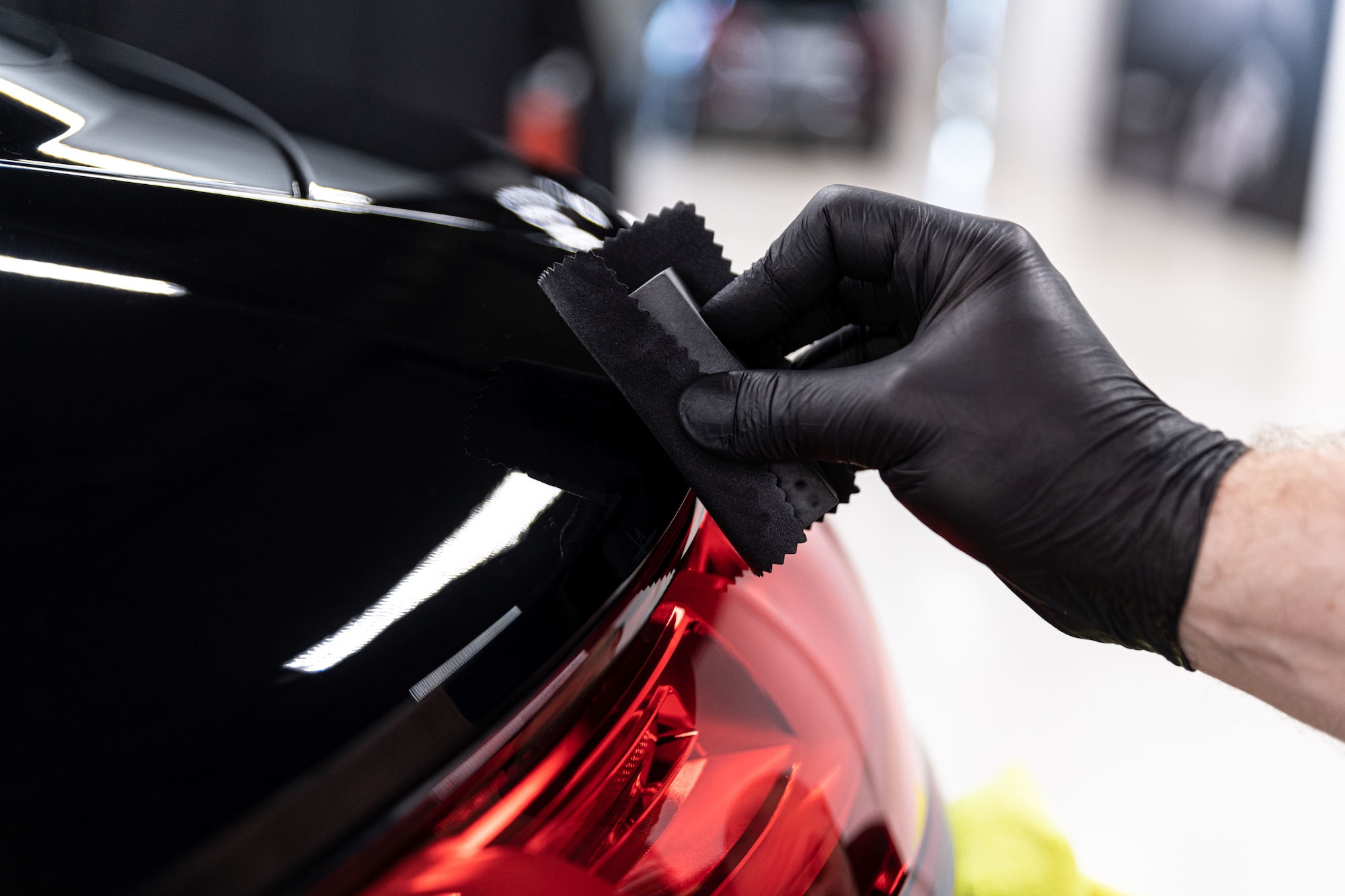The Hidden Economy: What Singapore Drivers Need to Know About Vehicle Maintenance Contracts

Toyota servicing package options have evolved over decades into a complex economy unto themselves, operating in parallel to Singapore’s tightly regulated automotive marketplace—a system where vehicle ownership represents one of the world’s most significant financial commitments. Behind the gleaming showrooms and the carefully calibrated maintenance schedules lies a history of how one Japanese manufacturer’s approach to vehicle care became embedded in the island nation’s automotive culture, shaping consumer expectations and workshop practices alike.
The Historical Development of Scheduled Maintenance
When Toyota vehicles first arrived in substantial numbers on Singapore’s roads in the late 1960s, maintenance followed a fundamentally different model. Workshops operated largely independently, with mechanics developing expertise through direct experience rather than standardised training. Service intervals were loosely defined, and parts sourcing remained inconsistent.
“The older generation of mechanics learned Toyota systems through necessity and trial,” explains Mr. Lee, who began servicing vehicles in 1973 and now trains younger technicians. “Today’s structured maintenance packages would have seemed alien to us then—like doctors prescribing medicine before seeing symptoms.”
The transformation from reactive repair to preventative maintenance packages represents a profound shift in how Singaporeans relate to their vehicles—a shift that parallels the nation’s own transition from developing to developed economy.
The Economics Behind Package Structures
Modern servicing packages reflect an intricate balance of competing interests:
- Manufacturers seeking to preserve warranty compliance and brand reputation
- Workshops attempting to secure predictable revenue streams
- Insurance companies incentivising documented maintenance histories
- Consumers navigating significant financial commitments in Singapore’s COE system
“In Singapore’s context, a Toyota represents an investment often exceeding $100,000 when Certificate of Entitlement costs are considered,” notes a transport economist who studies automotive markets. “This creates unusually strong incentives for owners to protect that investment through comprehensive maintenance.”
This economic reality has produced increasingly sophisticated package structures that stratify maintenance interventions into hierarchical levels:
- Basic packages covering oil changes, filter replacements, and fluid checks
- Intermediate packages incorporating brake system maintenance and minor component replacements
- Comprehensive packages addressing major systems including transmission servicing
- Premium packages offering extended component replacements and cosmetic preservation
The Workshop Reality
Behind the carefully worded service agreements lies the physical reality of Singapore’s workshops, where maintenance packages translate into actual mechanical interventions carried out in environments ranging from gleaming facilities with advanced diagnostic equipment to more modest operations where experienced hands compensate for technological limitations.
“What matters isn’t always the workshop appearance but the technician expertise,” observes a veteran service advisor with experience across multiple facilities. “A proper servicing requires understanding the specific requirements of Toyota’s diverse systems—from hybrid drivetrains to conventional engines.”
The disparity between prescribed maintenance and actual execution creates a troubling gap that informed consumers must navigate carefully:
- Package descriptions sometimes employ deliberately vague terminology
- “Inspection” may not necessarily include adjustment or repair
- Component replacement intervals can vary significantly between different packages
- Additional charges often appear for issues discovered during scheduled maintenance
The Technological Evolution
The increasing computerisation of Toyota vehicles has transformed what servicing entails, creating new categories of expertise and intervention:
- Electronic diagnostics have largely replaced sensory evaluation
- Software updates now constitute a significant component of regular maintenance
- Hybrid systems require specialised knowledge outside traditional mechanical training
- Calibration procedures demand precision tools previously unnecessary
“A modern Toyota technician must be as comfortable with computer interfaces as with wrenches,” explains a technical trainer at a Singapore polytechnic institution. “The servicing package that doesn’t include electronic system assessment is increasingly inadequate, regardless of price point.”
The Consumer’s Dilemma
For the average Singaporean Toyota owner, navigating the landscape of servicing packages requires weighing multiple considerations:
- Cost differences between dealer-affiliated workshops and independent specialists
- Warranty implications of servicing choices
- The diminishing returns of premium packages for older vehicles
- The practical value of extended coverage for components with low failure rates
“The challenge faced by consumers involves separating necessary maintenance from profit-maximising additions,” advises a consumer advocate who reviews automotive services. “Not every item included in premium packages delivers proportional value.”
Navigating the System Effectively
For those seeking to make informed decisions, several principles warrant consideration:
- Request detailed explanations of what specific procedures each package includes
- Compare component replacement schedules between different package levels
- Consider the vehicle’s actual usage patterns when selecting maintenance frequency
- Evaluate the workshop’s transparency regarding potential additional charges
- Assess whether premium options address components with documented failure histories
“The informed consumer understands that the ideal servicing regimen reflects individual vehicle use rather than generalised schedules,” suggests an independent mechanical engineer who consults on fleet maintenance. “Urban driving in Singapore’s stop-start conditions creates different maintenance requirements than the open-road driving profiles these schedules were often designed for.”
The Future Landscape
As Singapore accelerates toward its green transportation goals, the nature of vehicle maintenance itself faces disruption. Hybrid and electric vehicles—increasingly common in Toyota’s lineup—demand fundamentally different maintenance approaches.
This transition creates both opportunities and challenges. While electric drivetrains eliminate many traditional servicing requirements, they introduce new systems requiring specialised knowledge. The workshops that navigate this transition successfully will define the next chapter in Singapore’s automotive maintenance economy.
For consumers navigating present decisions, the essential question remains unchanged: which approach provides the optimal balance of cost, convenience, and comprehensive care for what remains—despite Singapore’s excellent public transportation—one of the household’s most significant investments. Making this choice requires looking beyond marketing materials to understand the actual mechanical realities that underlie any Toyota servicing package.





